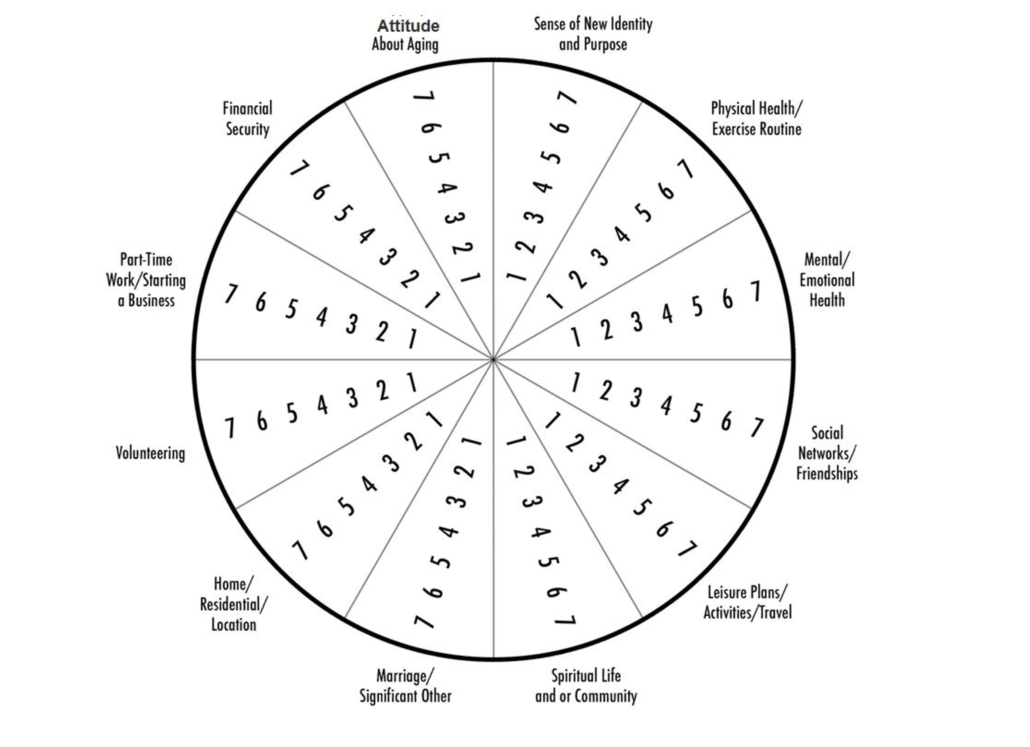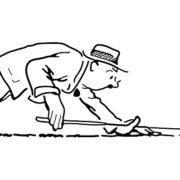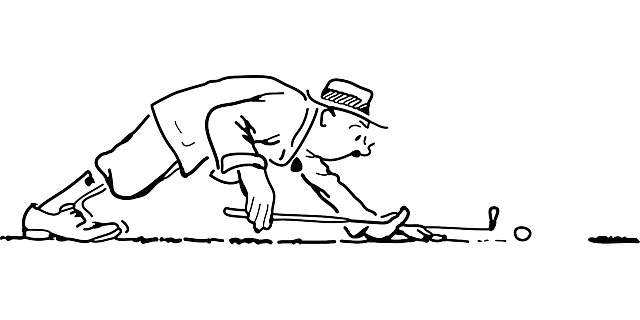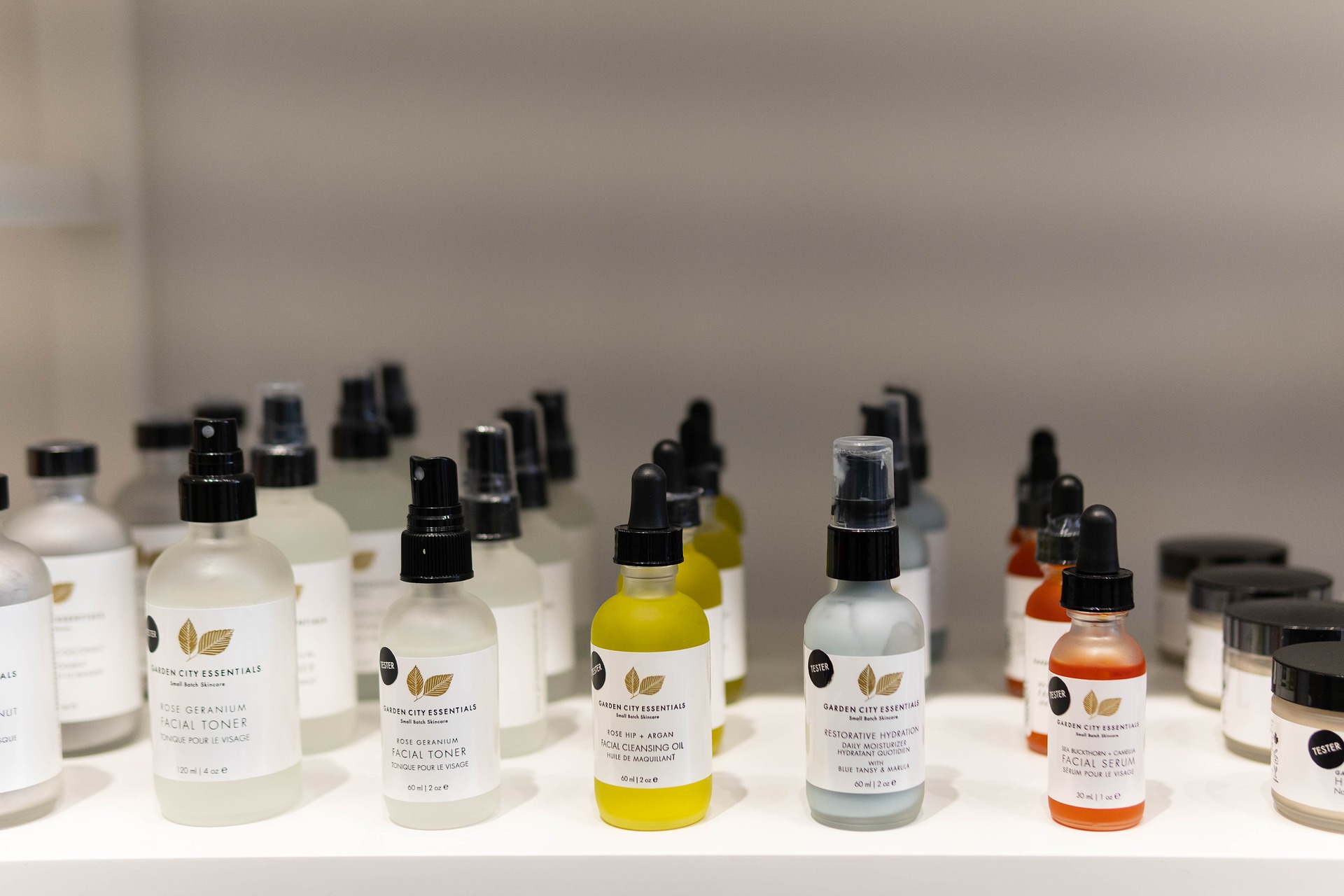Should You Be “Training” for Old Age? You Bet! Here’s Why.

Sometimes dots connect.
I wish it happened more often. You’d think they would for someone who spends as much time thinking and trying to unravel the mess that constantly swirls between my temples.
A few dots connected this week after I read another Julia Hubbel article entitled “Are You in Training for Old Age? Or Just Planning to be Elderly?” and then a Bloomberg Opinion article in our local newspaper that my bride alerted me to entitled “Counting calories helps your retirement account.”
My thoughts then rolled to the concept of a 25-year life plan espoused by Dan Sullivan, founder of Strategic Coach and one of the foremost executive coaches on the planet.
Hang on – let me try to connect these for you.
Julia is way outside the bell curve in most things, but particularly in the area of fitness.

Schlepping wood. Julia Hubbel
At 69, she’s recovering from shoulder surgery which is part of her preparation for her “training to summit Kilimanjaro for the second time the year I turn 70, ten years to the day after I did it at sixty.”
I don’t ‘spect many of you out there have Kili on your bucket list. I certainly don’t.
So, why on earth?
Let me excerpt from her post to make her point (bolding is mine):
“You and I set ourselves up for Early-onset Elderly when we take lousy care of the skinsuit we’re in. Ultra-processed food, no exercise, and lots of ugly self-talk about how old you feel.
I’m in training for my eighties and beyond. I fully expect to be active, engaged, athletic and joyful. I have no time or patience for being elderly, which is a state of mind.
Is it time for you to set a BHAG (Big Hairy Ass Goal)? No matter how old you are, there’s always time to point at something high, aim, and put in the effort. You never know where it might take you.”
Speaking of BHAGs – –
-Dan Sullivan, the founder of Strategic Coach, has his own version, which he has followed and taught for most of his 40+ years of coaching over 8,000 successful entrepreneurs.
He keeps a rolling 25-year life plan out in front of him – a long game with a motivating, evolving stretch goal always a quarter-century out, regardless of age.
His theory is fundamentally sound. If we set a worthwhile, challenging, and achievable goal, our brain, being a teleological device, will help us get there.
Dan is pretty deep into his 70s which makes his dedication to this plan seem illogical. But, it underscores the fact that goal setting is age-independent.
The execution of Dan’s plan is where the power and beauty lie. He works backward from the 25-year goal to the current quarter, defines the five things he needs to do that quarter toward that 25-year goal, and then back further to the three things he will do TODAY against those five quarterly goals.
Taking them one at a time, his day is done when those three things are complete, whether it takes an hour or 20 hours.
25 – 5 – 3 – 1
It’s a beautiful plan for present moment focus that allows one’s brain to work for and not against as it is so inclined to do with fears and regrets as we age.
As an outspoken believer in living well past 100, Dan has been planning for old age most of his life.
Calories and your 401k?
Chew on this:
“A 55-year-old woman with Type 2 diabetes will pay an average of $3,470 more a year in medical-related expenses, or close to $160,000 in total, than if she didn’t have the disease.”
So says the Bloomberg Opinion article 11/28/2021, making the point that “the right food choices over time can have just as much of an impact on retirement savings as market forces and investment decisions.”
The article goes on to emphasize that few retirement planners focus on diet or other lifestyle changes that can help avoid chronic conditions that erode savings.
Medical professionals rarely talk about financial issues related to poor health, let alone any kind of plan. That doesn’t roll up under the prevailing “drug it or cut it out” medical model we inherited.
Both are sadly deficient in helping plan for old age.
Both are content to let becoming elderly be the plan.
A suggested Early-onset Elderly antidote
Whether you are 50, 60, 70 or beyond, retired or not retired, setting goals still makes sense.
Maybe this will help re-inspire you to keep planning.
Let’s reintroduce the Retirement Planning Wheel. Use it to do an honest assessment of where you are today in each of these 12 areas of your life.
How balanced is your wheel?

Then set a goal in those areas that you feel are out of balance. A weekly goal, an annual goal, and OK – maybe even a 25-year goal.
I’ll let Julia wrap this with a line from her article:
“When life happens, you and I have to happen to life. We can wail woe is me, or we can choose to climb aboard another goal and get going.”
In hopes that I’ve connected some dots, I’m leaving for 24 Hour Fitness. Mondays are 40 minutes of machine circuit and 30 minutes of aerobic with some H-I-I-T.
P.S. I hate it-
-but it’s part of the 25-year plan, I like the results and –
-if I don’t move my body, I can’t really suggest that you move yours.
Is there a 1,3,5,10, or 25-year plan in your head? Let us know what you think about all this. You can leave a comment below or email us with your thoughts at gary@makeagingwork.com.












